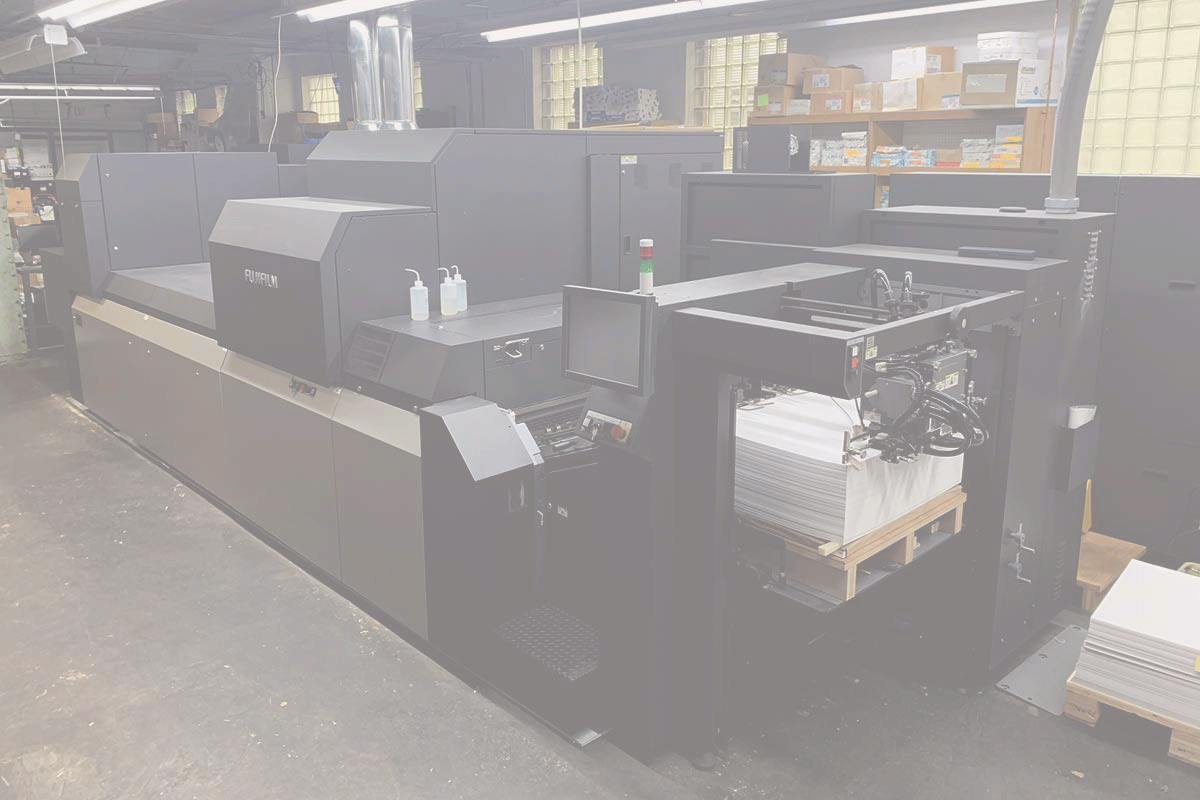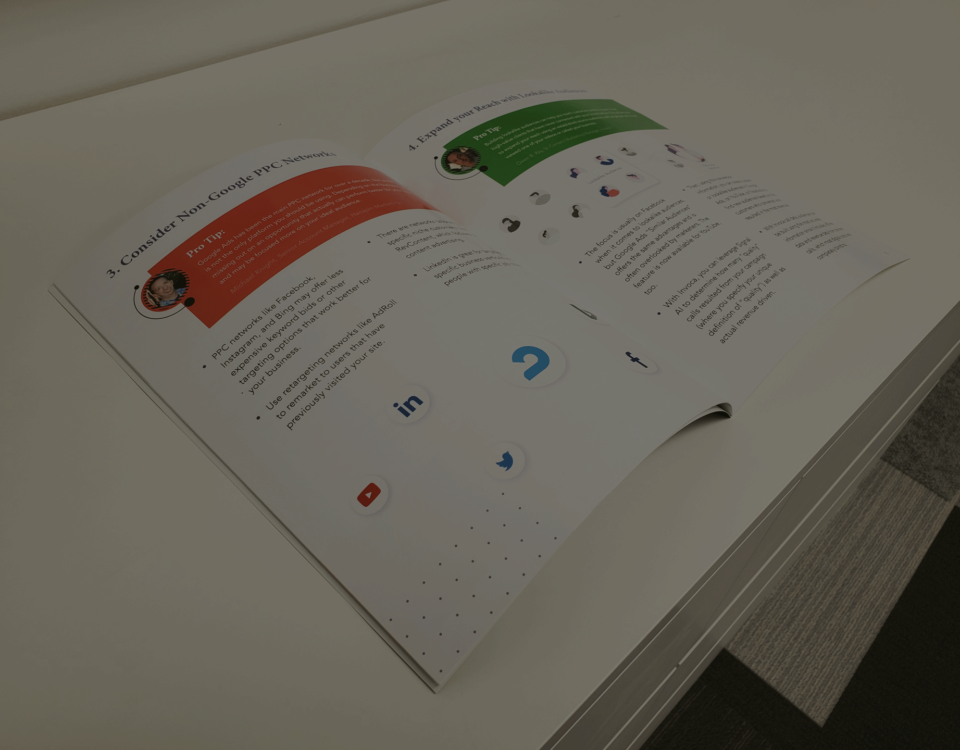
Fuji JPress 750 in Greensburg, PA at Fotorecord Print Center
June 15, 2023
Sustainable Packaging Trends
July 14, 2023Compelling flexible packaging that results in consumers taking action is a hot trend at the moment that shows no signs of slowing down. The use of flexible packaging materials looks like it will continue to grow in both popularity and demand. You don’t have to worry about picking a specific type of flexible packaging right away as there are many flexible packaging options that you should research to find the best one for your product needs. Keep reading as we share popular flexible packaging options currently on the market and also provide the details you need to know about each one so you can make an informed decision about your packaging.
Types of Flexible Packaging
When it comes to flexible packaging materials available to you, we are going to group them into four main categories. There are multiple options within each group so we want to share a little more information on each one to help inspire your creativity.
Pouches
Pouch packaging is a popular packaging choice that resembles a bag and is often used to hold food or supplements. Pouches are made from materials that are designed to protect the enclosed products from any external factors that could damage them. Some examples of these external factors include heat, light, and moisture. Popular pouch packaging options include:
- Stand Up Pouches
- Coffee Pouches
- Chrome Pouches
- Clear Pouches
- Kraft Pouches
- Foil Pouches
Bags
There are four main types of bags used for flexible packaging. Wrapper pouches allow the product to be wrapped without any damage while liquid pouches are ideal for liquid items such as drinks and condiments. Poly mailer bags are a common alternative to boxes as they can easily contain lightweight objects. Foil sealed pouch bags are used for shipping food items or items that might melt.
Liners
Liners protect the items in the package by acting as a barrier or a sealant. Liners can protect items from leaks, humidity, or adverse lighting effects. These tasks are performed without changing the taste, appearance, or color of the contents.
Wraps/Wrappers
The easiest way to think of a wrap is that it seals a product contained in the wrapper. Wraps can be made of plastic film or paper. The wrap can either be applied to the actual item or it can be placed over another type of packaging.
Sachets
Sachets can be the packaging choice for single serve items or daily dose packets. Sachet packaging can be designed to be spill-proof while still being easy to open as a tear pack. The packaging contains a barrier that protects the contents from moisture or extreme temperatures as well as keeping the family safe with resealable zippers that make the sachet child-proof.
Flexible Packaging Material
While there are many flexible packaging options available to you, there are also multiple types of flexible packaging materials to choose from for your packaging needs. The wealth of choices increases the creative opportunities available to spotlight your product. Here are some additional details on common flexible packaging materials:
Vinyl
Vinyl is an ideal choice when you need to ensure the durability and elasticity of the packaging. Vinyl can be used as an adhesive while also protecting items from moisture. In addition, vinyl is durable and lightweight so it is often used to help keep food fresh and safe.
Acrylic
Acrylic packaging materials are resistant to high temperatures as well as environmentally friendly thanks to it being lightweight and easy to recycle. It is a good choice for packaging materials that are fragile or if you need protective packaging for food. Acrylic can also be formed into any shape or size that works for your packaging projects.
Flexible Films
Flexible film can also be customized according to the specifics of the product that is being packaged. The ability to customize also includes the visibility of the package such as its clarity and glossiness. Flexible films can also lower production costs since the packaging can be customized to not include excess materials.
Paper
Paper packaging is good for the environment as it is easy to recycle. Plus, it is reusable as paper can be recycled multiple times to make new products. Paper also gives you the ability to print directly onto the packaging.
Aluminum
Aluminum is a popular choice for food packaging as it can be recycled while also being easy to shape. In addition, aluminum is one of the most common metals so there is a large supply of the material. Its versatility extends to the ability of aluminum to protect products against moisture and light.
We hope that this article on the many types of flexible packaging materials on the market has helped spark a new round of creativity when developing new packaging for your product.
Contact Us Now for More Information
Phone: 724-837-0530



